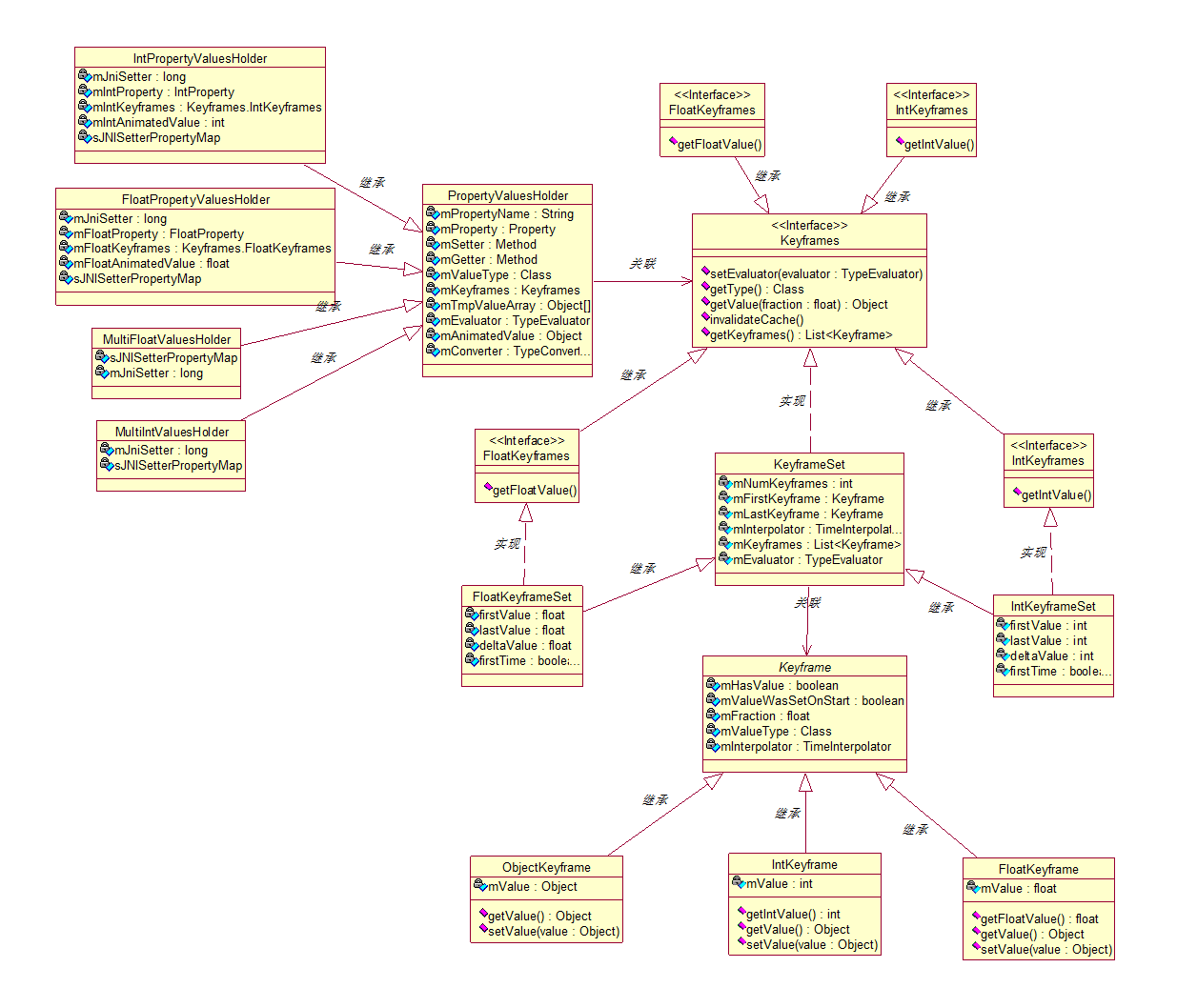編輯:關於Android編程
最近開發一個功能的時候發生一個故事,其情節如下:
功能其實不復雜,其中需要一個EditText來獲取用戶輸入的信息.於是,我做了一個Dialog來顯示我的輸入界面(代碼如下):
mAlertDialog = new AlertDialog.Builder(this)//, android.R.style.Theme_Holo_Light
.setIcon(R.drawable.ic_dialog_info_light)
.setTitle(R.string.model_rename_device)
.setView(createDialogView(deviceName))
.setPositiveButton(android.R.string.ok,
new DialogInterface.OnClickListener() {
public void onClick(DialogInterface dialog, int which) {
//String deviceName = mDeviceNameView.getText().toString();
reset_success=false;
reset_model_name(mDeviceNameView.getText().toString());
//finish();
}
})
.setNegativeButton(android.R.string.cancel,
new DialogInterface.OnClickListener() {
public void onClick(DialogInterface dialog, int which) {
//finish();
}
})
.setOnDismissListener(new DialogInterface.OnDismissListener() {
@Override
public void onDismiss(DialogInterface arg0) {
if(reset_success){
start_confir_ResetPhone();
}else{
finish();
}
}
})
.create();
mAlertDialog.getWindow().setSoftInputMode(
WindowManager.LayoutParams.SOFT_INPUT_STATE_ALWAYS_VISIBLE);
mAlertDialog.show();
private View createDialogView(String deviceName) {
final LayoutInflater layoutInflater = (LayoutInflater)this
.getSystemService(Context.LAYOUT_INFLATER_SERVICE);
View view = layoutInflater.inflate(R.layout.dialog_edittext, null);
mDeviceNameView = (EditText) view.findViewById(R.id.edittext);
mDeviceNameView.setFilters(new InputFilter[] {
new Utf8ByteLengthFilter(MODEL_NAME_MAX_LENGTH_BYTES)
});
mDeviceNameView.setText(deviceName); // set initial value before adding listener
mDeviceNameView.addTextChangedListener(this);
mDeviceNameView.setOnEditorActionListener(new TextView.OnEditorActionListener() {
@Override
public boolean onEditorAction(TextView v, int actionId, KeyEvent event) {
if (actionId == EditorInfo.IME_ACTION_DONE) {
reset_model_name(v.getText().toString());
mAlertDialog.dismiss();
//finish();
return true; // action handled
} else {
//finish();
return false; // not handled
}
}
});
mDeviceNameView.setSelection(mDeviceNameView.length());
return view;
}
實現起來很簡單!不過當我把用戶輸入的字符串存儲起來時候,問題就來了!
原來這個用戶輸入的字符串需要存儲在一段我們自己配置的nv裡面,重要的是,分給我存儲的字符串的空間只有20個byte,沒有錯就是byte. 所以很簡單,輸入的字符最多不能超過20個字符,由於是byte類型,所以對於輸入的字符必須做檢測,其字符必須在一個byte取值空間(0-127)裡面.實際上就是asic碼.
所以需要對輸入的字符檢測.
為了能夠實時檢測EditText輸入的字符你需要EditText.addTextChangedListener()來添加一個TextWatcher的檢測器,並且實現其中的方法:
public void afterTextChanged(Editable s)
public void beforeTextChanged(CharSequence s, int start, int count, int after)
public void onTextChanged(CharSequence s, int start, int before, int count)
首當其沖想到的辦法是在afterTextChanged方法裡面判斷當前輸入的字符是否時正確的字符,如果不是就通過Editable s來更改:s.delete()來刪除.或者直接使用這個EditText的去從新設置輸入的字符:setText();
其實,這兩個辦法都不行,當快速輸入不對的字符時候就會出現異常,很顯然時同步的問題.
很快我給出來另個解決方法:在onTextChanged()裡面檢測是否有異常的字符,如果有則通過Handler發送消息的形式來處理.
public void onTextChanged(CharSequence s, int start, int before, int count) {
for(int i=0; i < count; i++){
if(s.charAt(i+start) > 127 || s.charAt(i+start) < 0){
Message msg = mHandler.obtainMessage(handleMessage_detection_MG);
msg.obj = s;
mHandler.sendMessage(msg);
break;
}
}
//Log.d(DEBUG_STR,"onTextChanged str="+s.toString()+"start="+start+"; before="+before+"; count="+count);
}
Handler mHandler = new Handler() {
public void handleMessage(Message msg) {
switch (msg.what) {
case handleMessage_detection_MG:
InptText_Error_correction((CharSequence) msg.obj);
break;
case handleMessage_blue_name_MG:
InptText_rename_blue((String) msg.obj);
break;
default:
break;
}
}
};
private void InptText_Error_correction(CharSequence chars){
if(chars != null){
StringBuilder str_b = new StringBuilder(chars);
char temp;
int start_indx = -1;
for(int i = 0; i < str_b.length(); i++){
temp = str_b.charAt(i);
if(temp > 127 || temp < 0){
if(start_indx < 0){
start_indx = i;
}
str_b.deleteCharAt(i);
}
}
mDeviceNameView.setText(str_b.toString());
if(start_indx < 0){
start_indx = mDeviceNameView.length();
}
mDeviceNameView.setSelection(start_indx);
Toast.makeText(Rename_model_activity.this, getString(R.string.set_name_Error_Character_notice),
Toast.LENGTH_SHORT).show();
}
}
mDeviceNameView.setFilters(new InputFilter[] {
new Utf8ByteLengthFilter(MODEL_NAME_MAX_LENGTH_BYTES)
});
MODEL_NAME_MAX_LENGTH_BYTES時輸入字符的最大長度,Utf8ByteLengthFilter是InputFilter的子類.這裡就是對輸入長度的適配. 其實你會很快發現!InputFilter就是一個對輸入字符的檢測器.所以對於輸入字符錯誤檢測其實不用那麼麻煩,其實InputFilter完全可以解決.實現他的方法: public CharSequence filter(CharSequence source, int start, int end, Spanned dest, int dstart, int dend)對於輸入的錯誤字符,字節返回""就可以:
for (int i = start; i < end; i++) {
char c = source.charAt(i);
if(c > 127 || c < 0){
return "";
}
}
 Android屬性動畫ValueAnimator源碼簡單分析
Android屬性動畫ValueAnimator源碼簡單分析
Android開發的過程中經常要用到屬性動畫,經常都是網上扒下來看下怎麼用,但是經常不知道為什麼要這麼用,手一哆嗦一不小心就點到源碼裡面去了。我們就來看看Android屬
 【Android應用開發】 Universal Image Loader ( 使用簡介 | 示例代碼解析 )
【Android應用開發】 Universal Image Loader ( 使用簡介 | 示例代碼解析 )
相關地址介紹 :--Universal Image Loader 項目 GitHub 官方地址https://github.com/nostra13/Android-Un
 Android動畫進階(Interpolator)
Android動畫進階(Interpolator)
Android:interpolatorInterpolator 被用來修飾動畫效果,定義動畫的變化率,可以使存在的動畫效果accelerated(加速),deceler
 android實現百度地圖自定義彈出窗口功能
android實現百度地圖自定義彈出窗口功能
我們使用百度地圖的時候,點擊地圖上的Marker,會彈出一個該地點詳細信息的窗口,如下左圖所示,有時候,我們希望自己定義這個彈出窗口的內容,或者,干脆用自己的數據來構造這